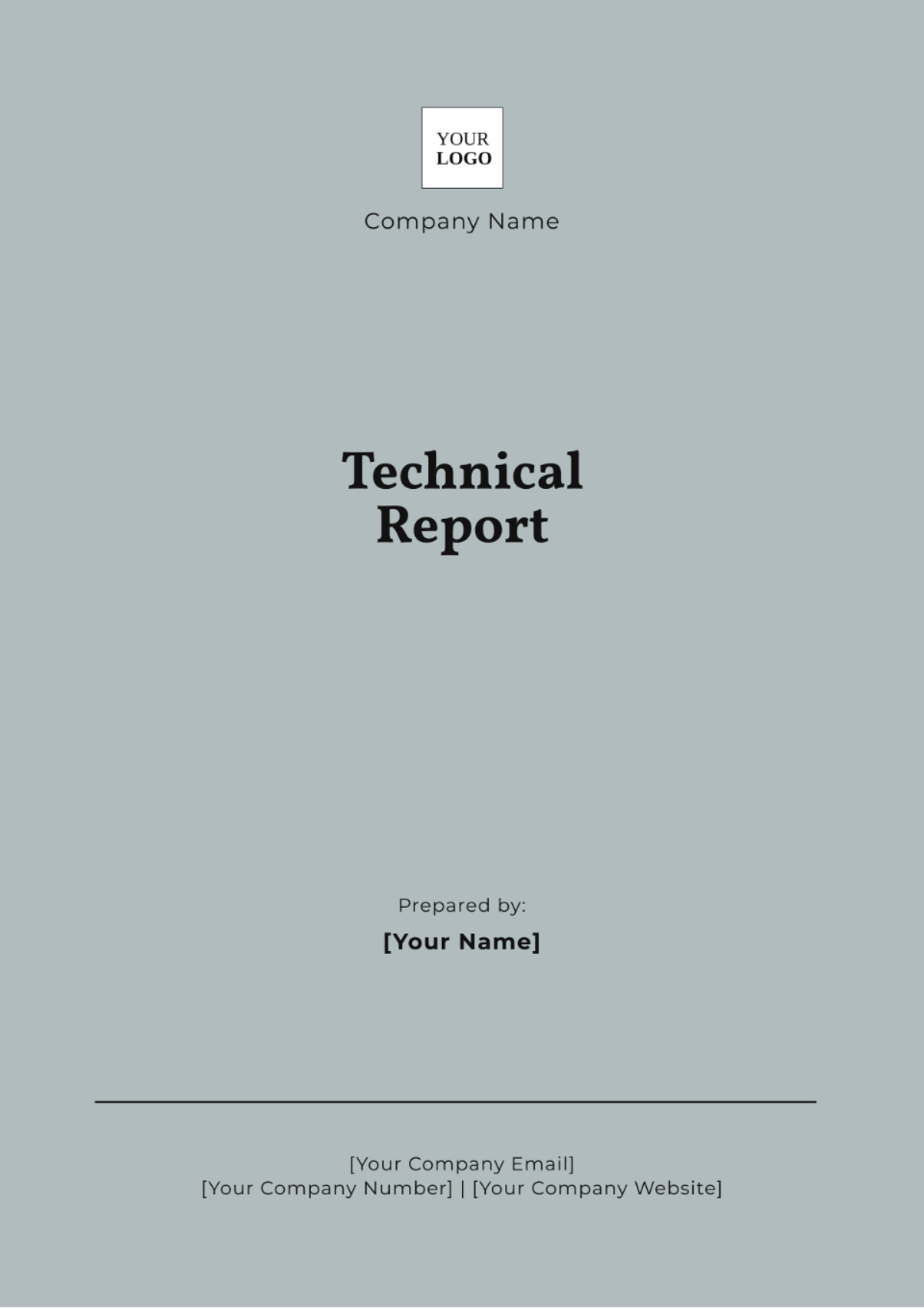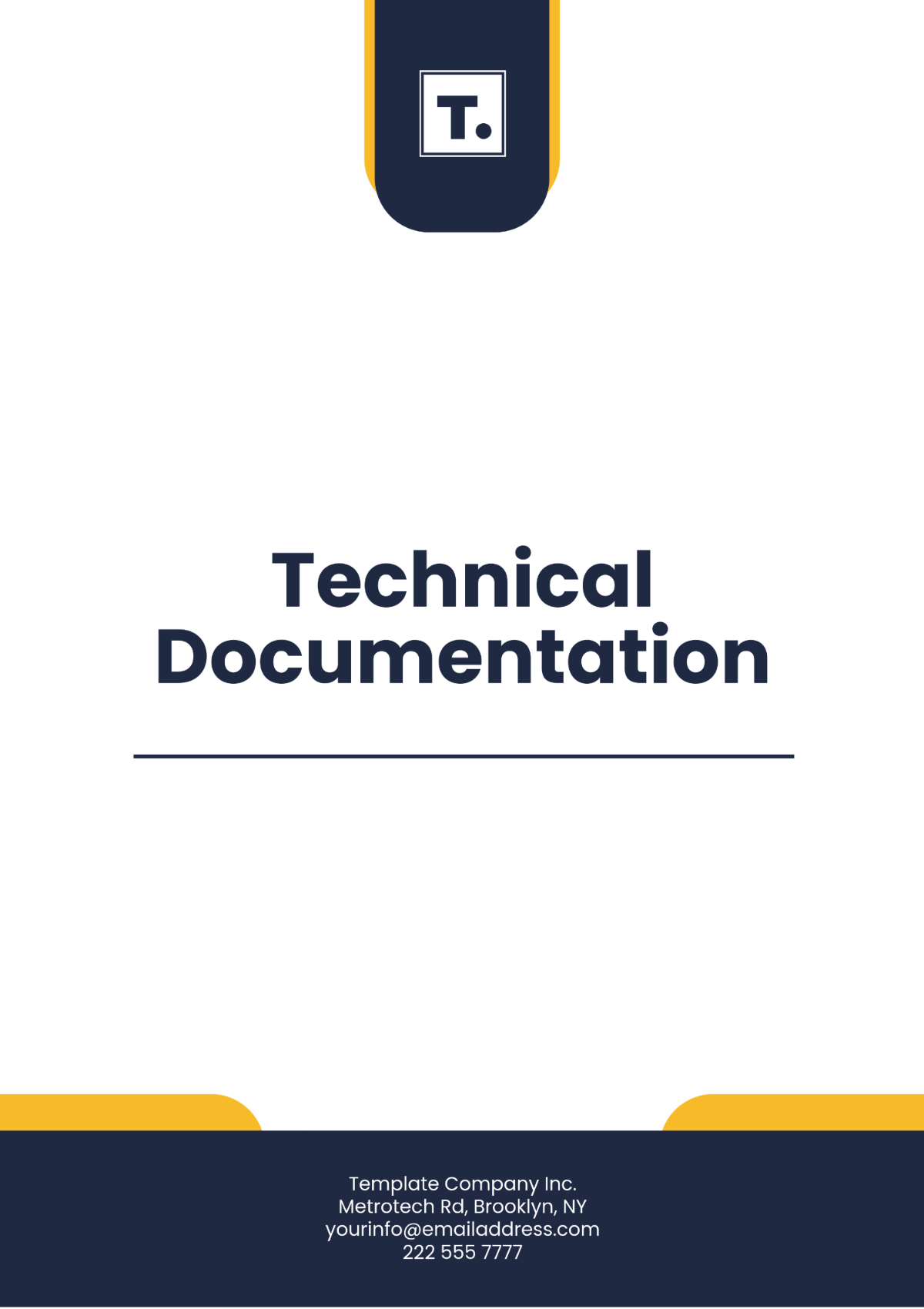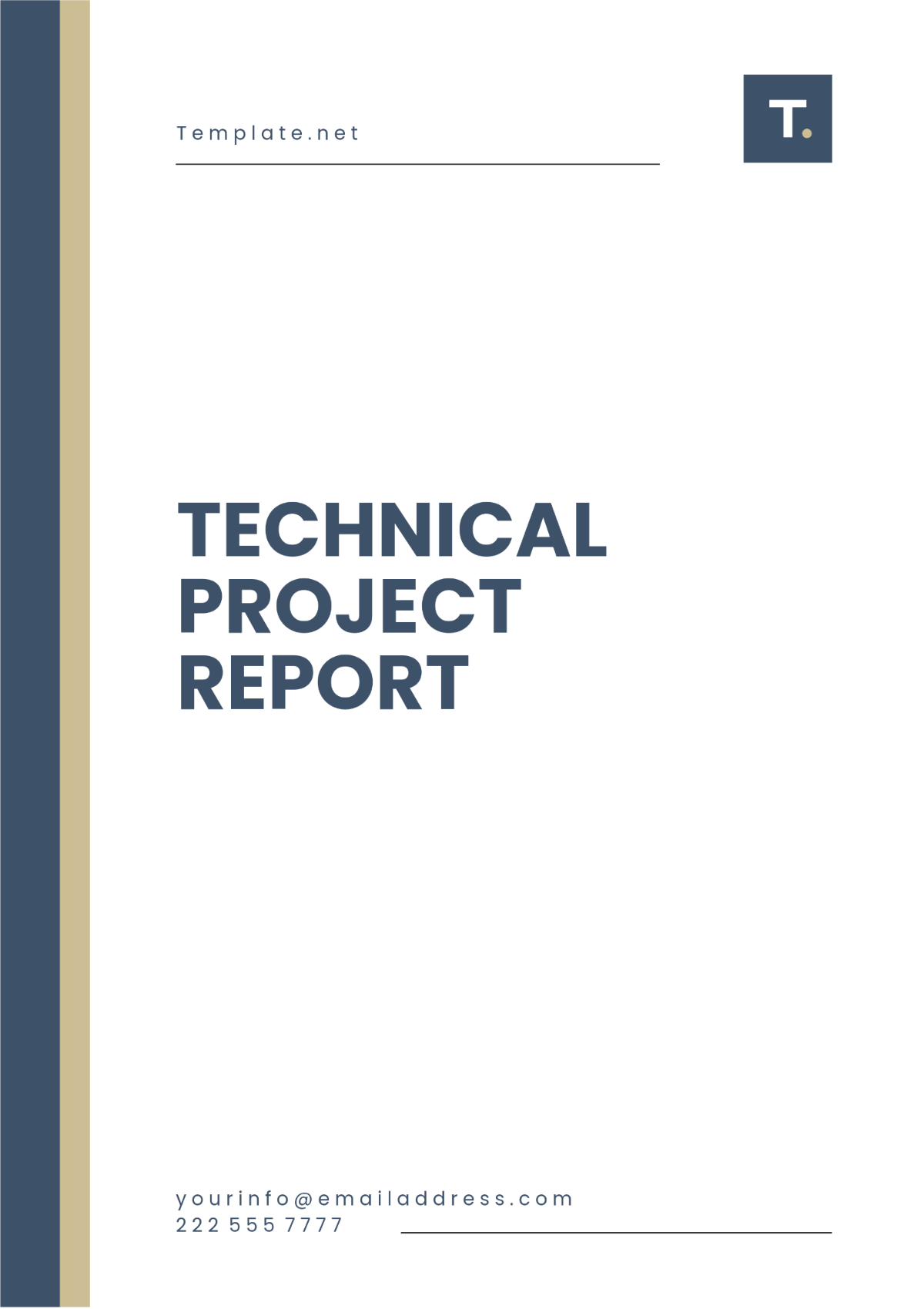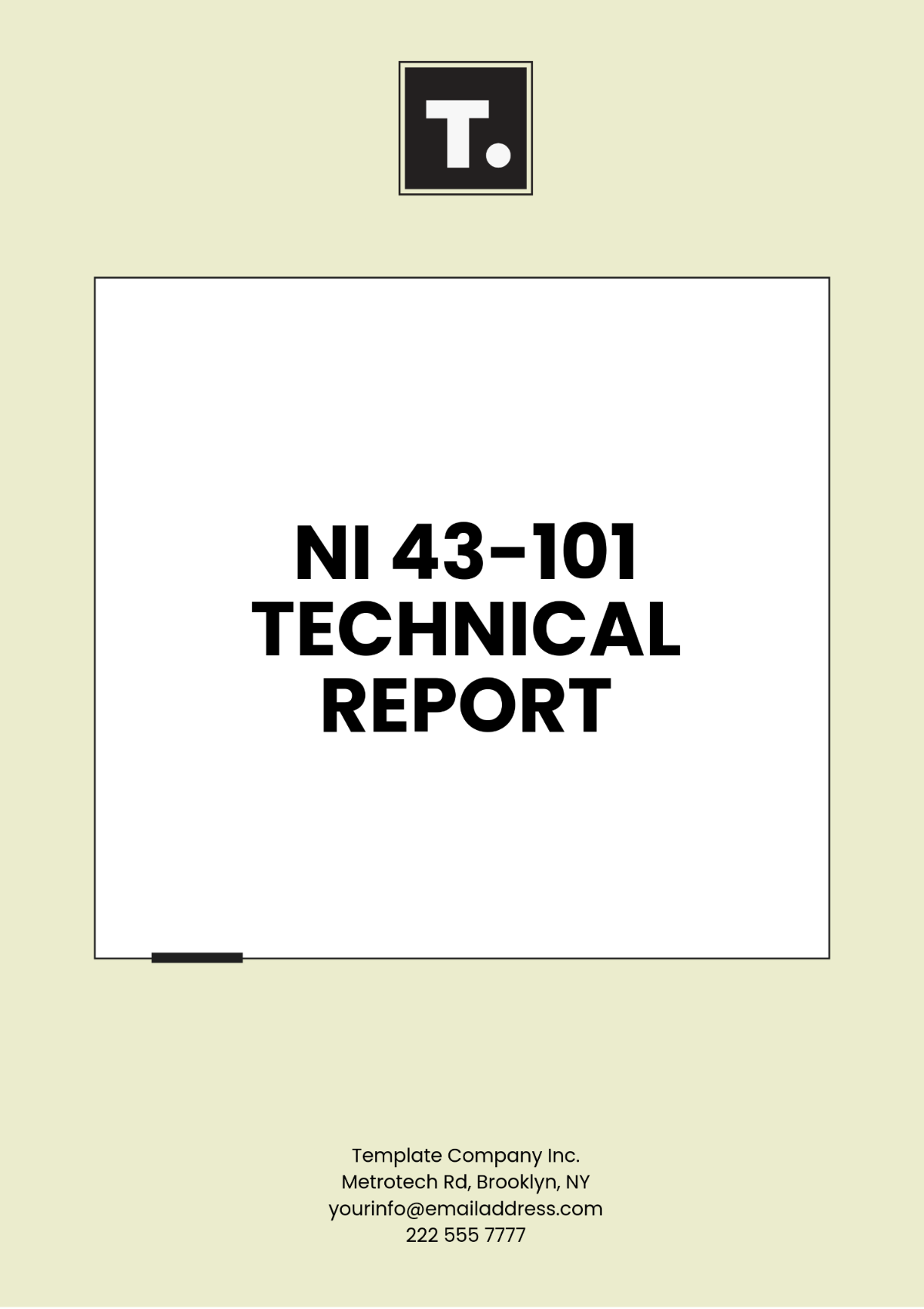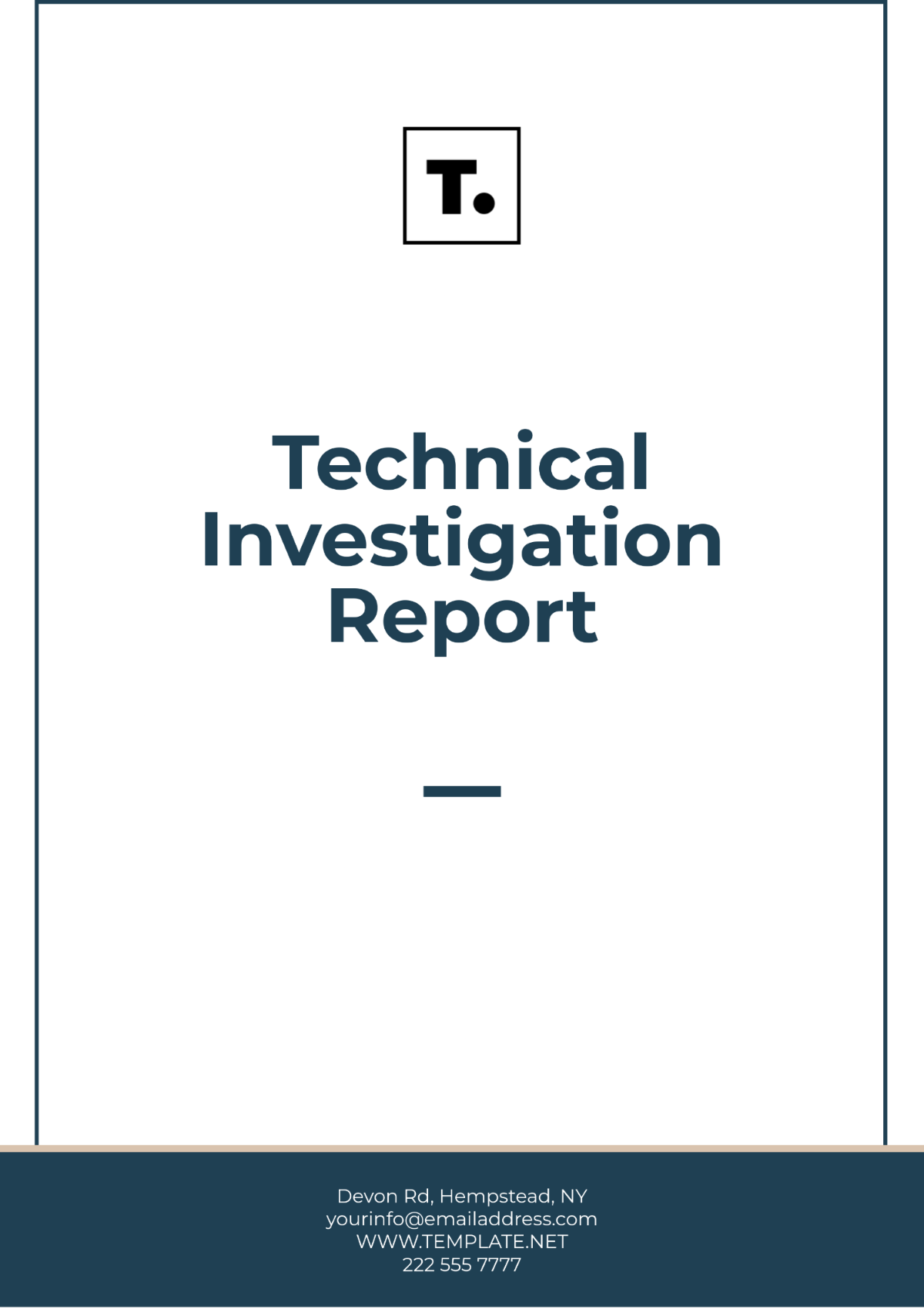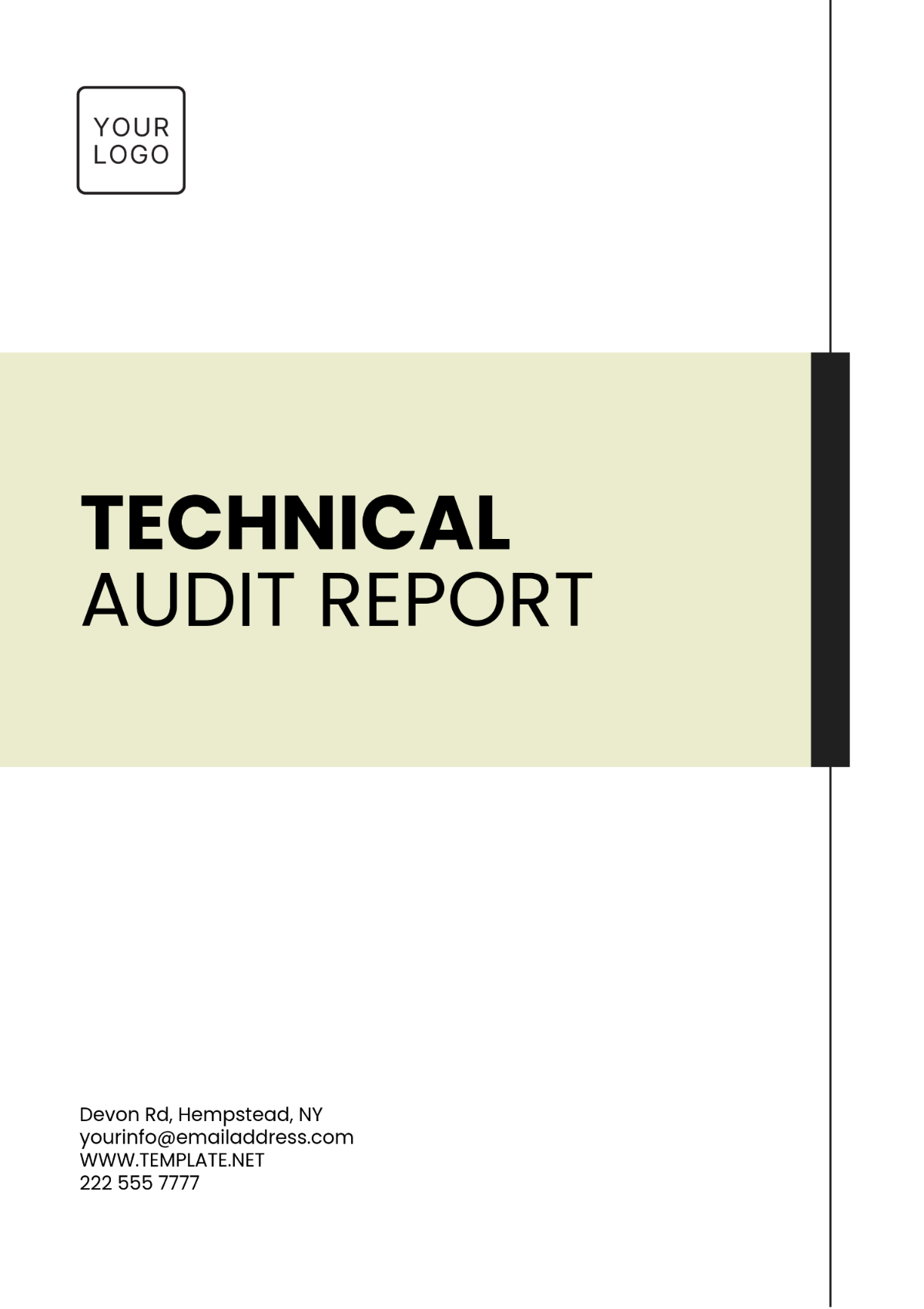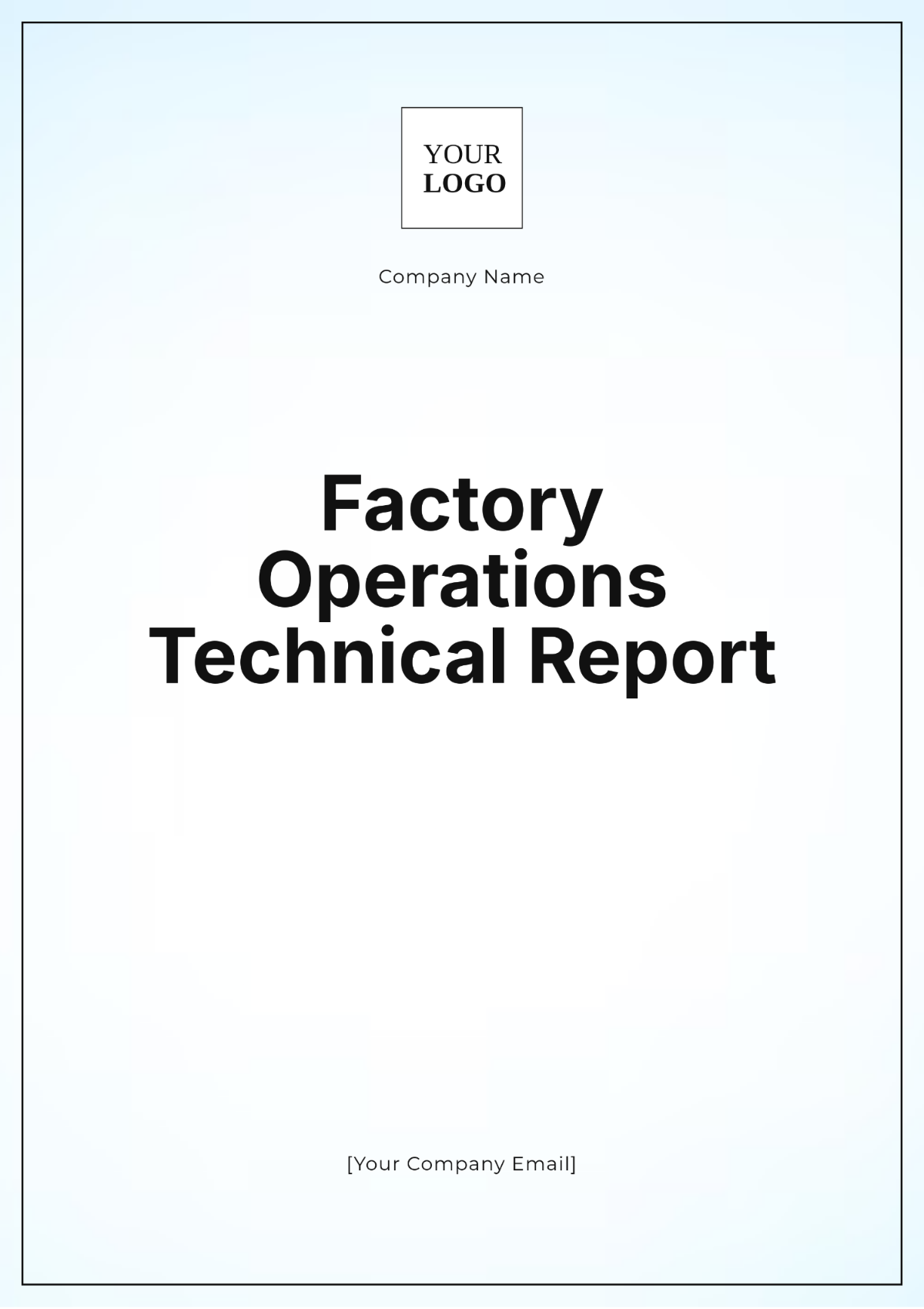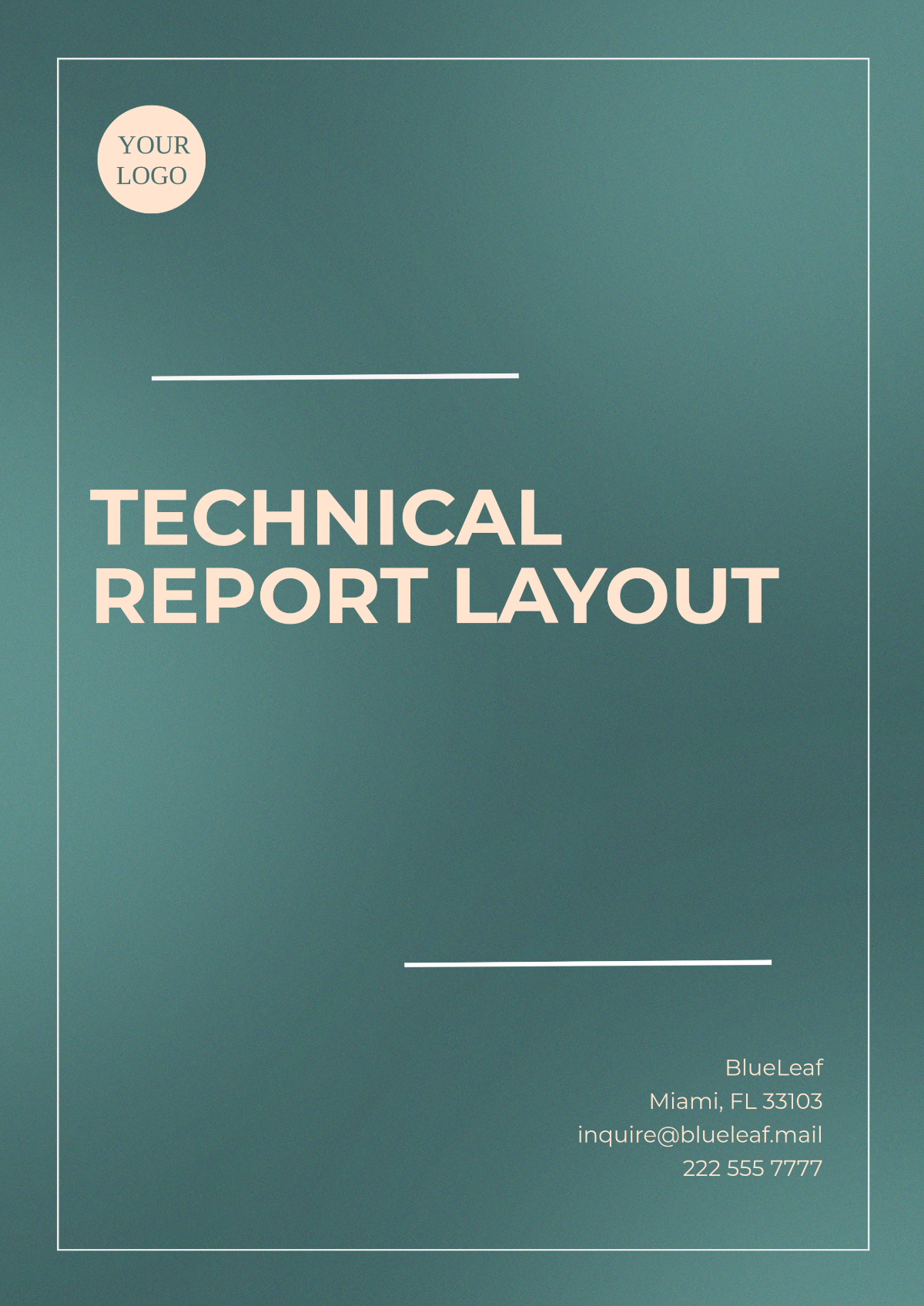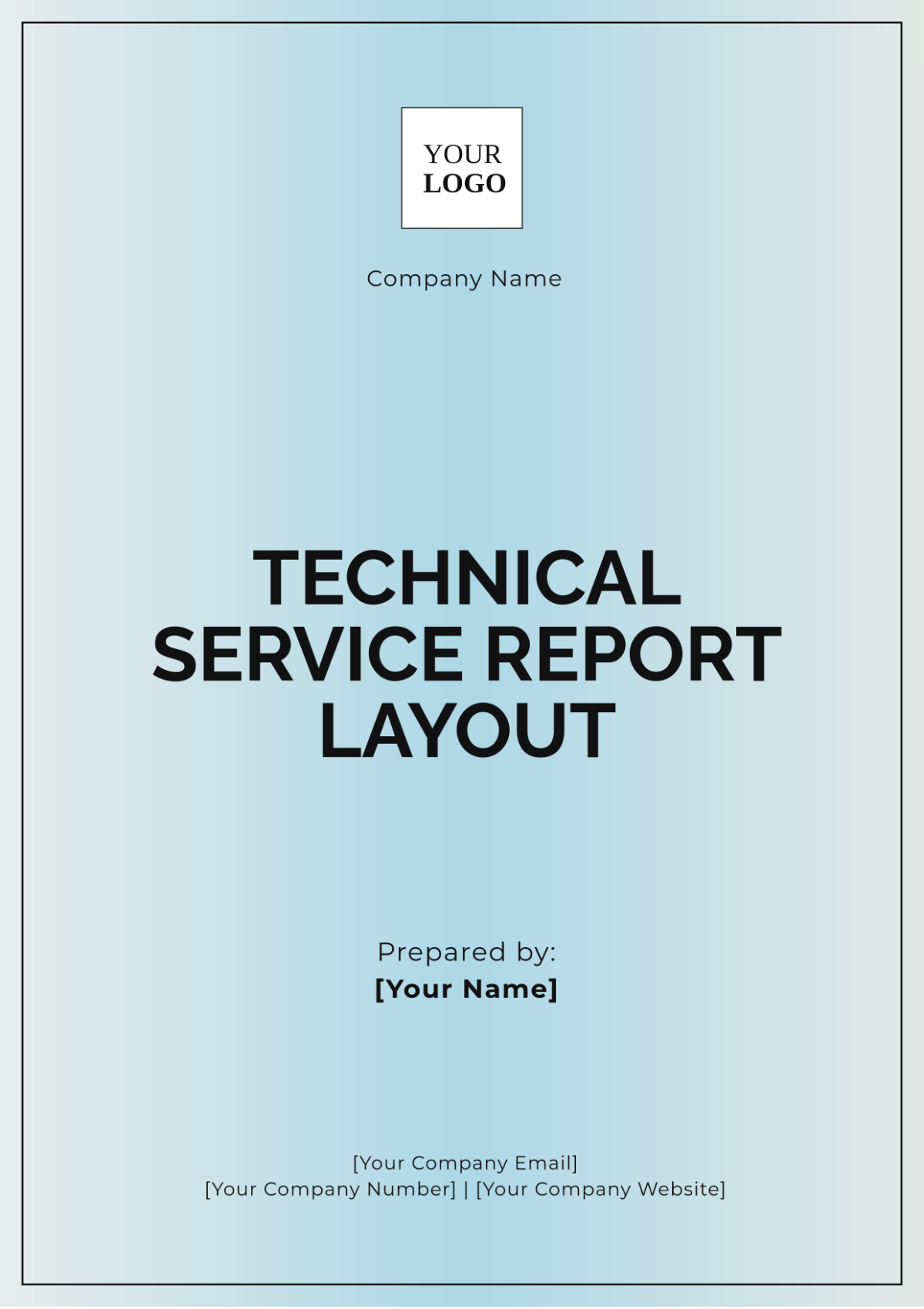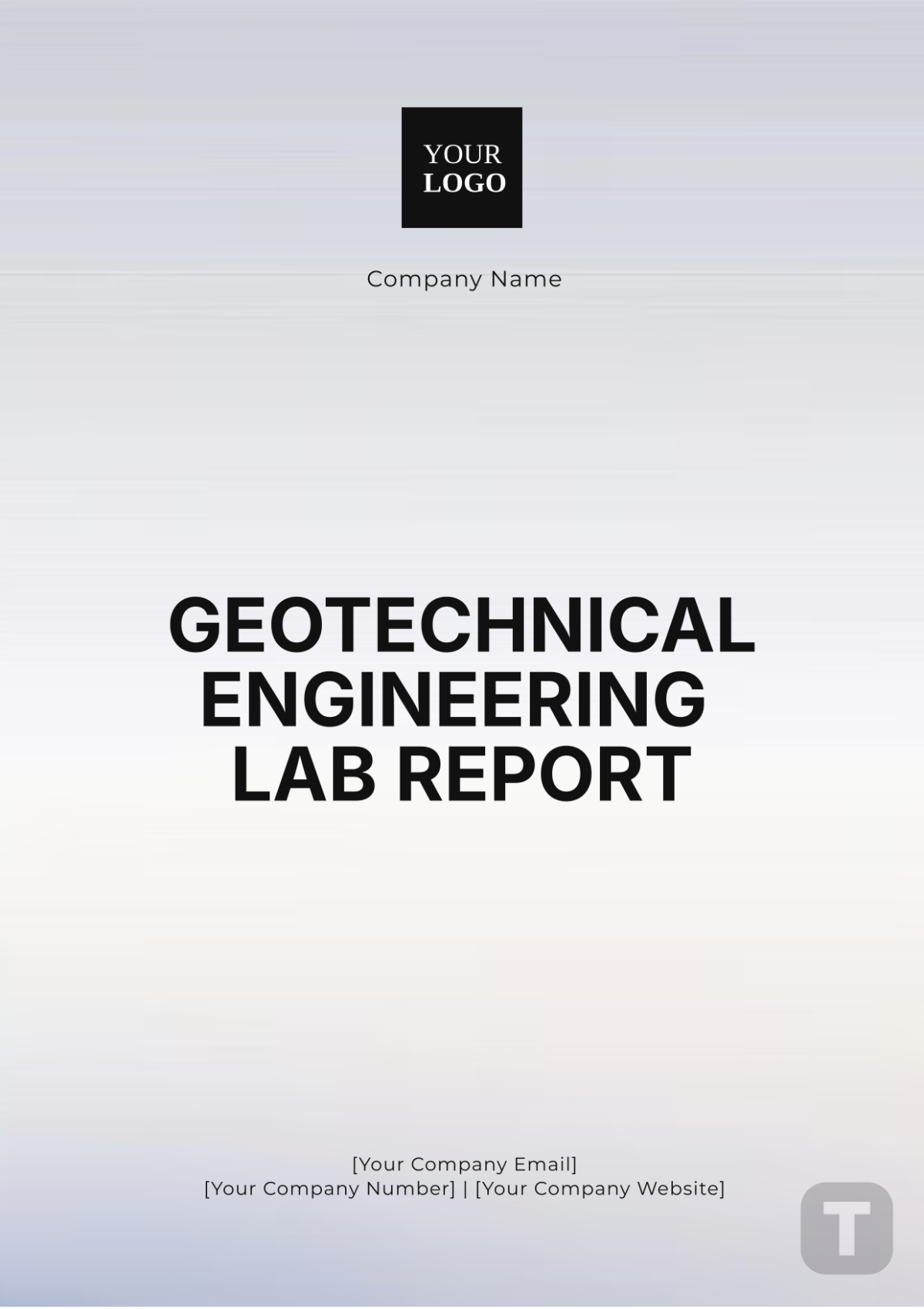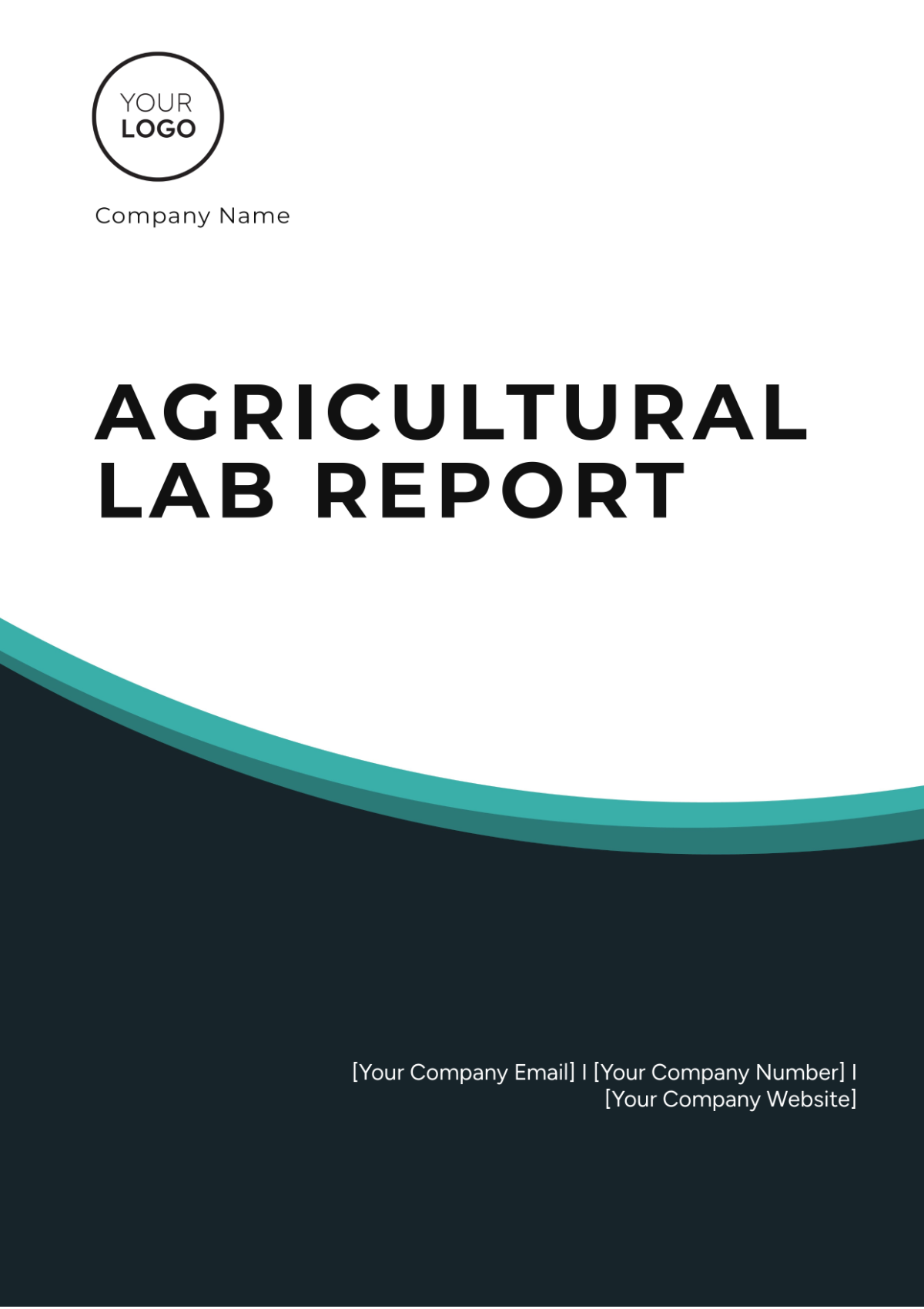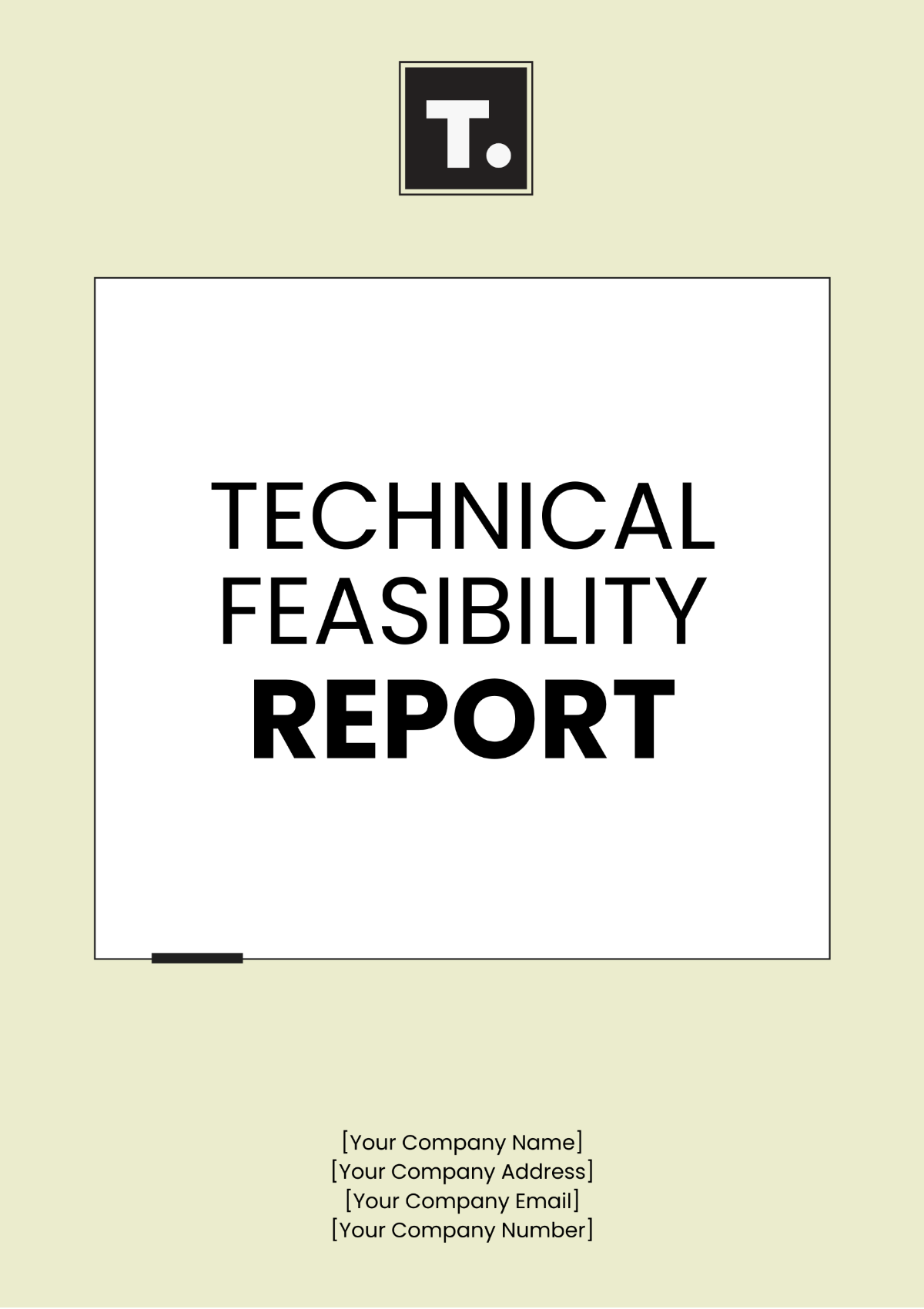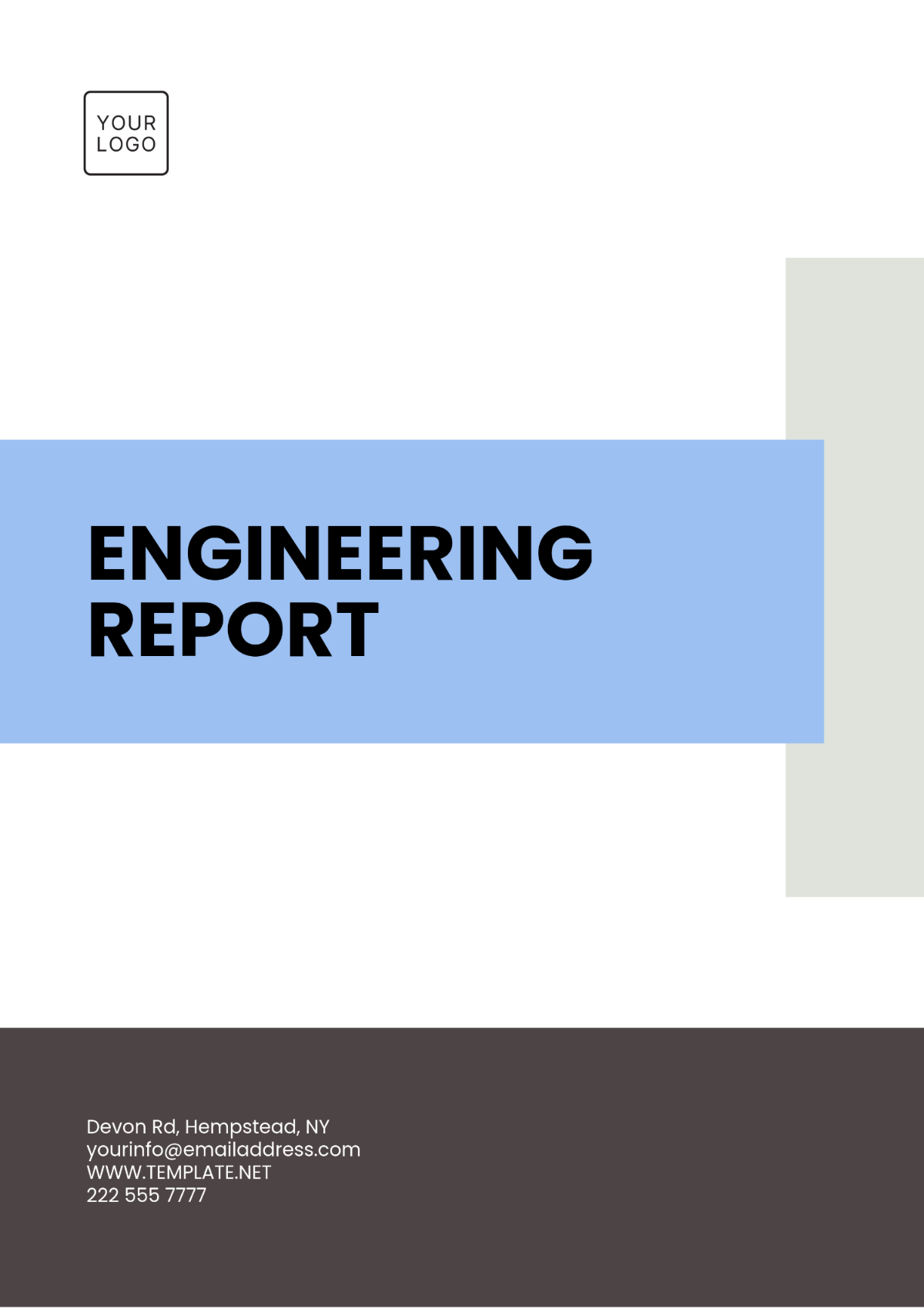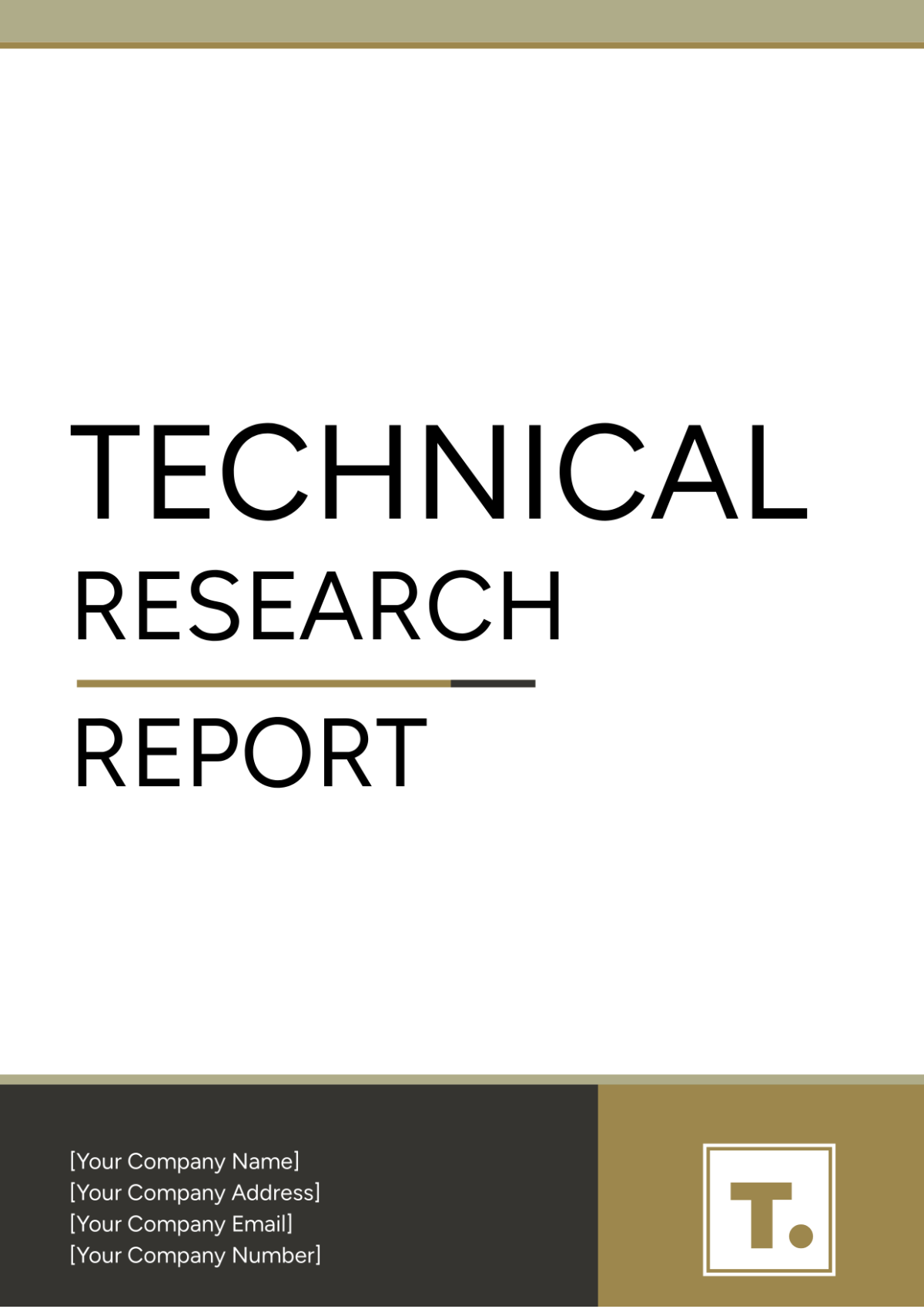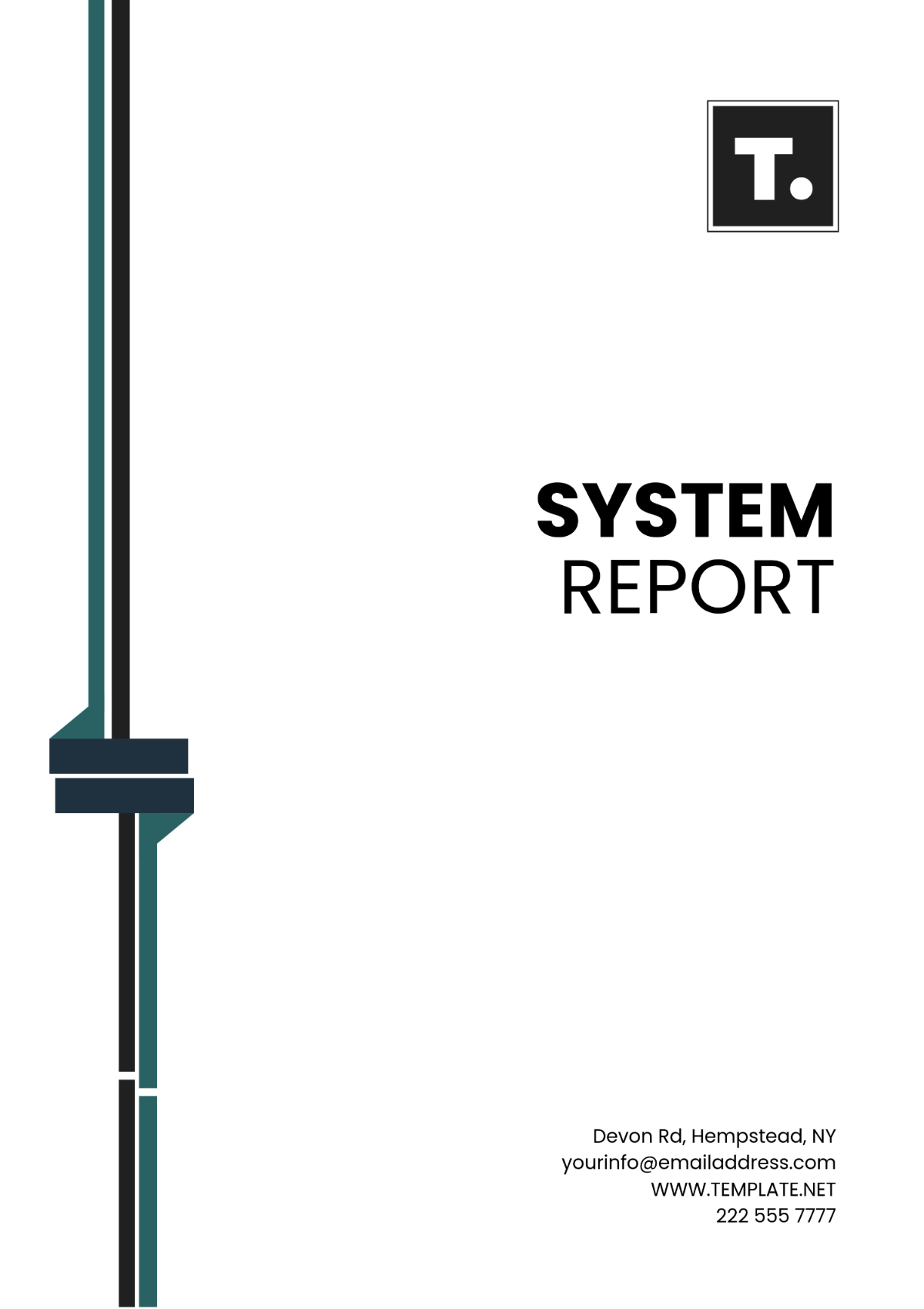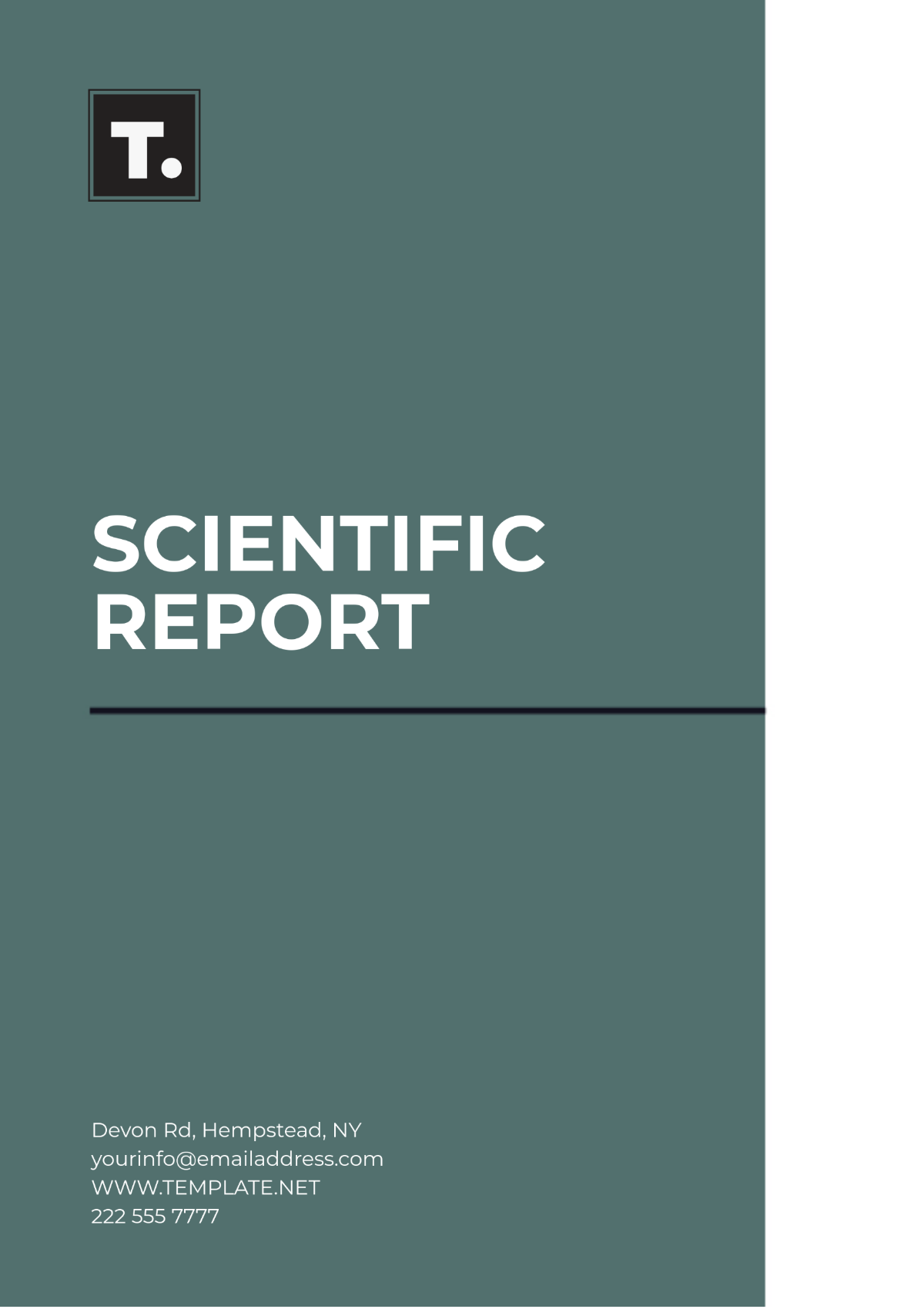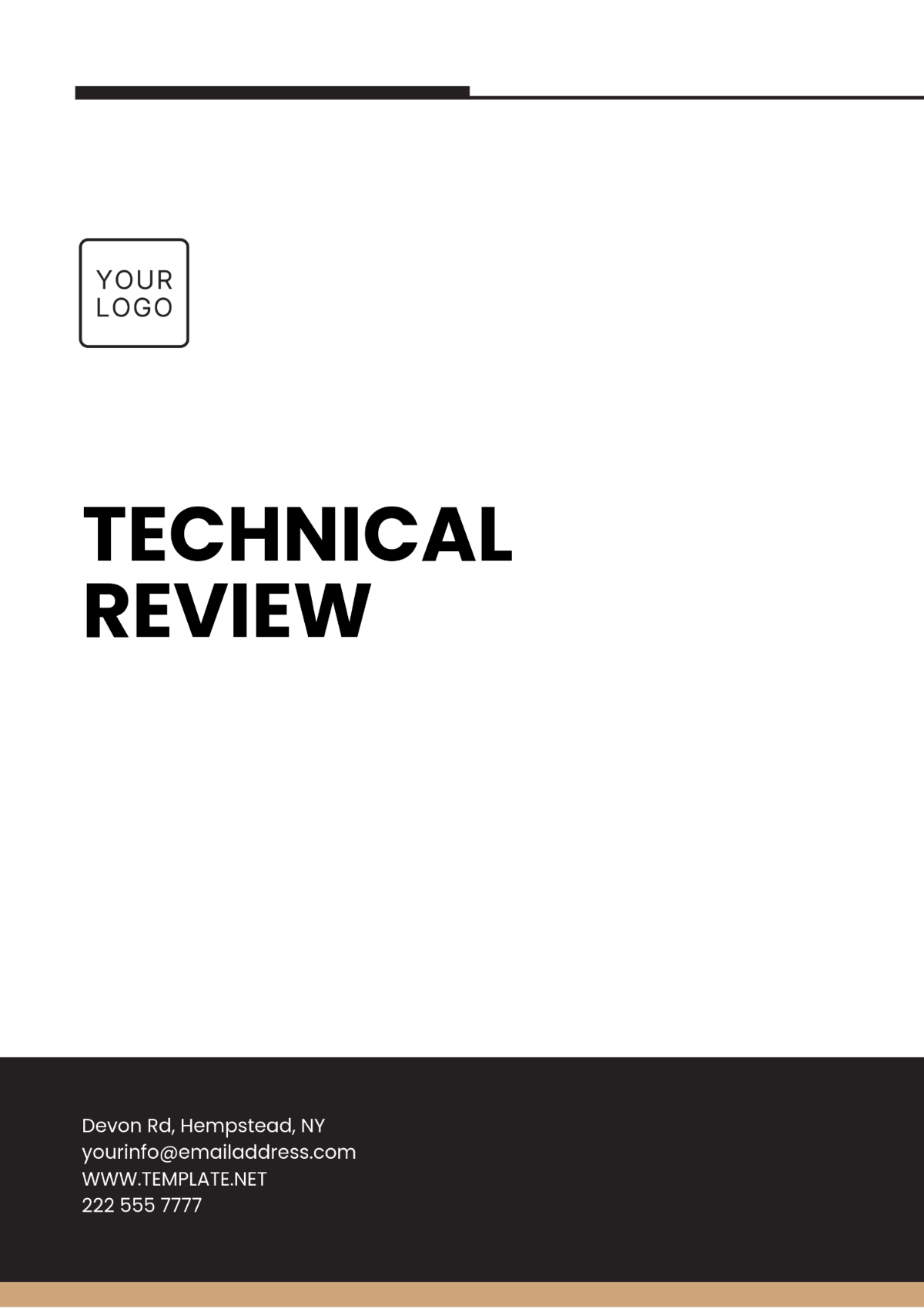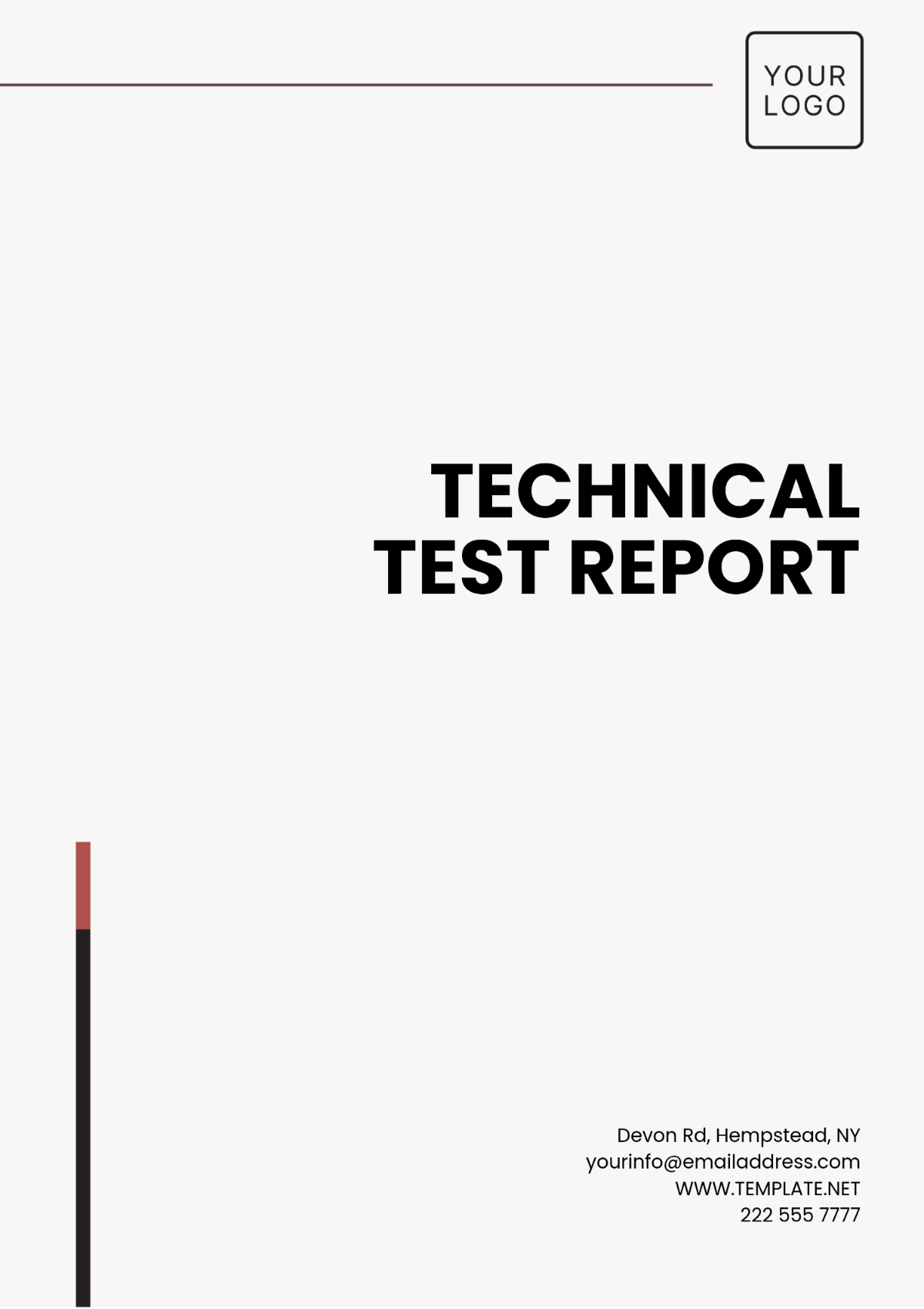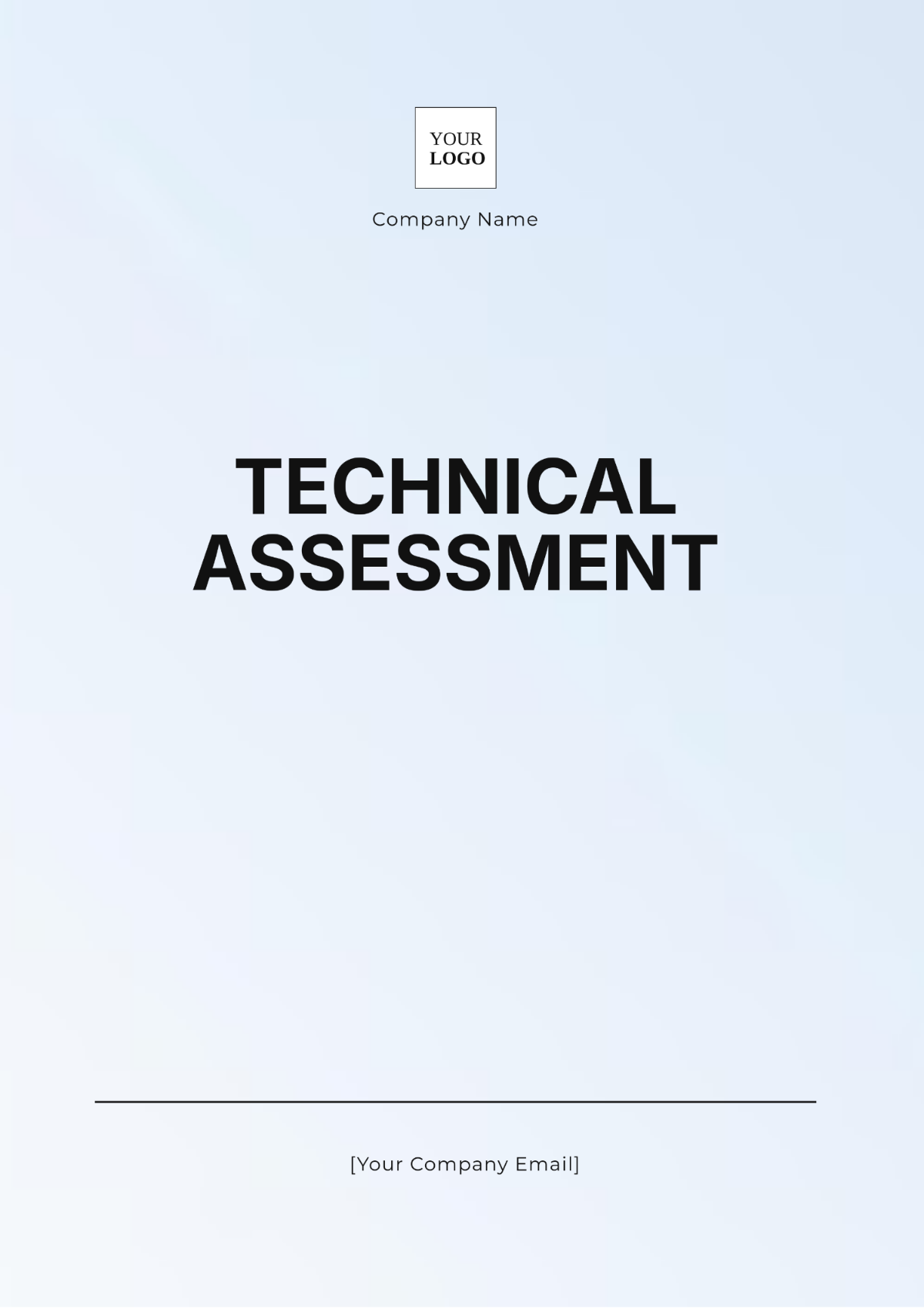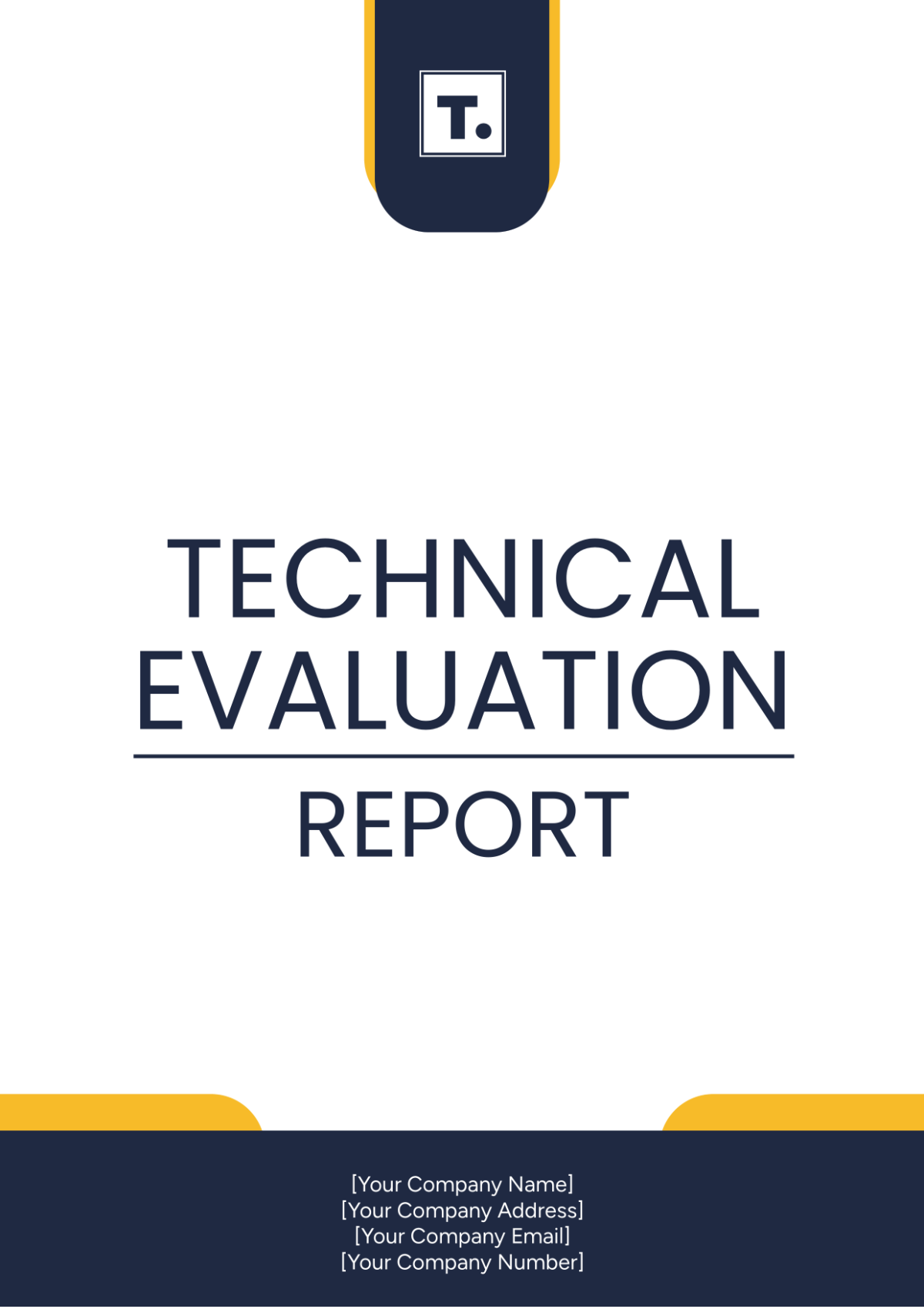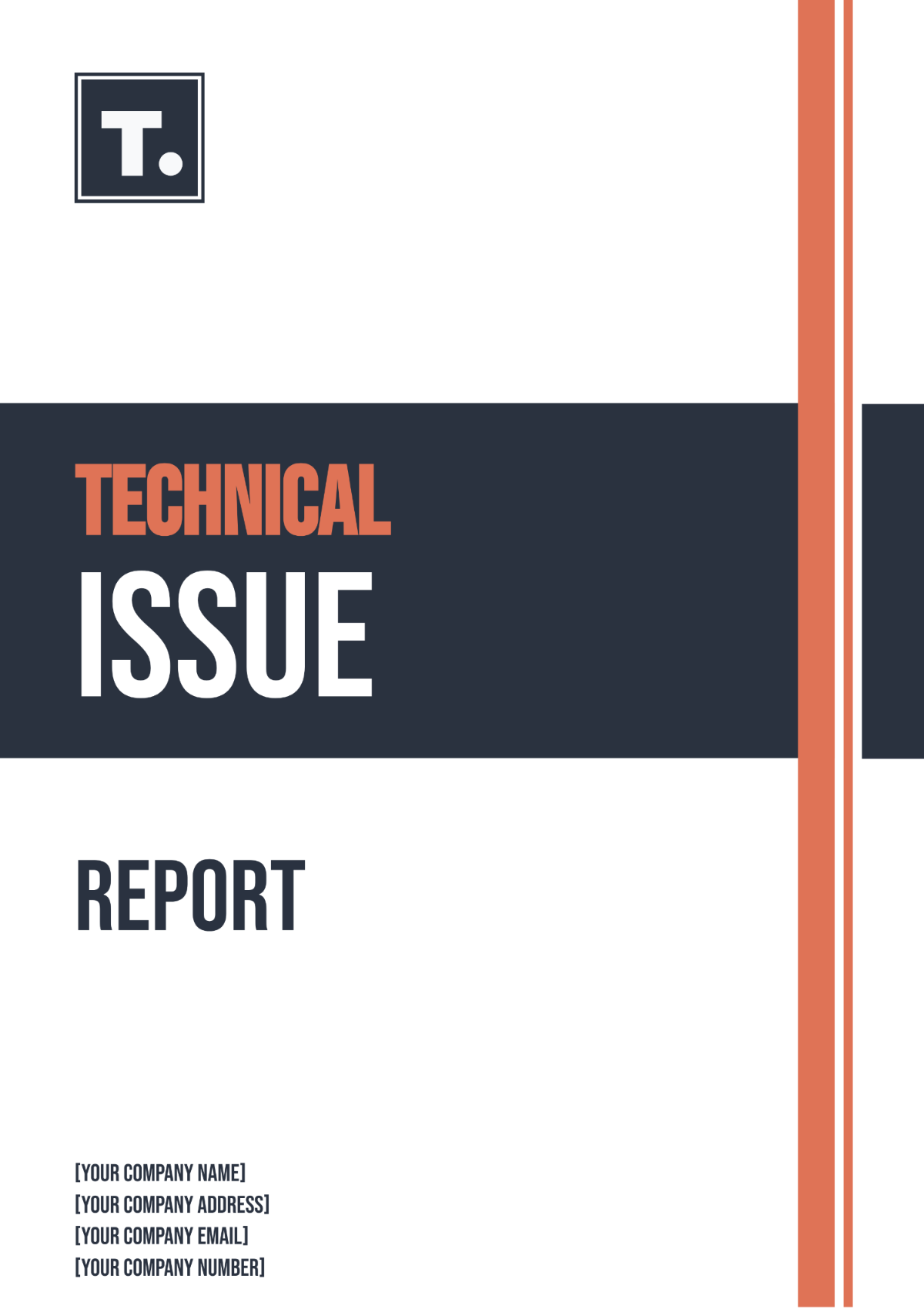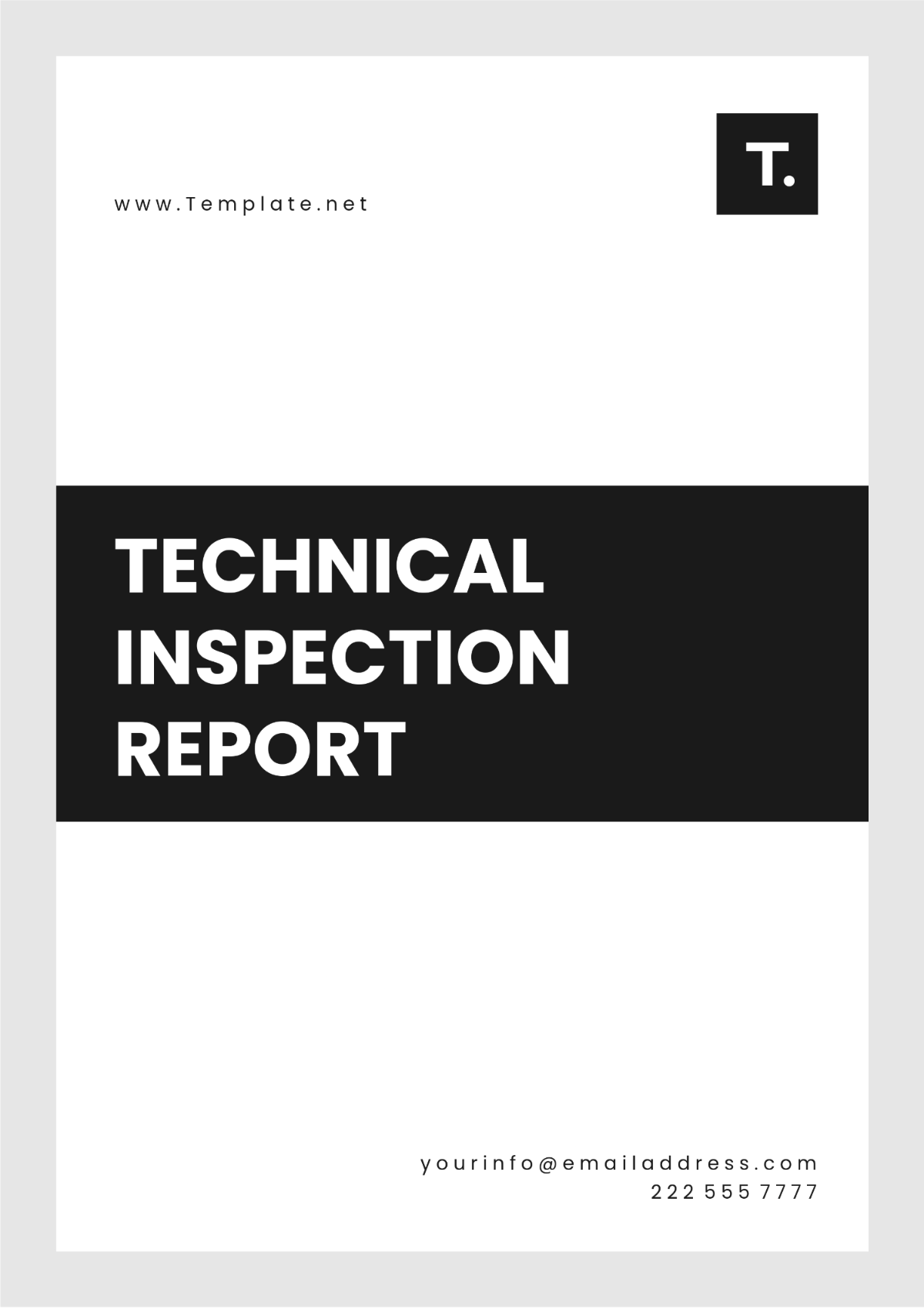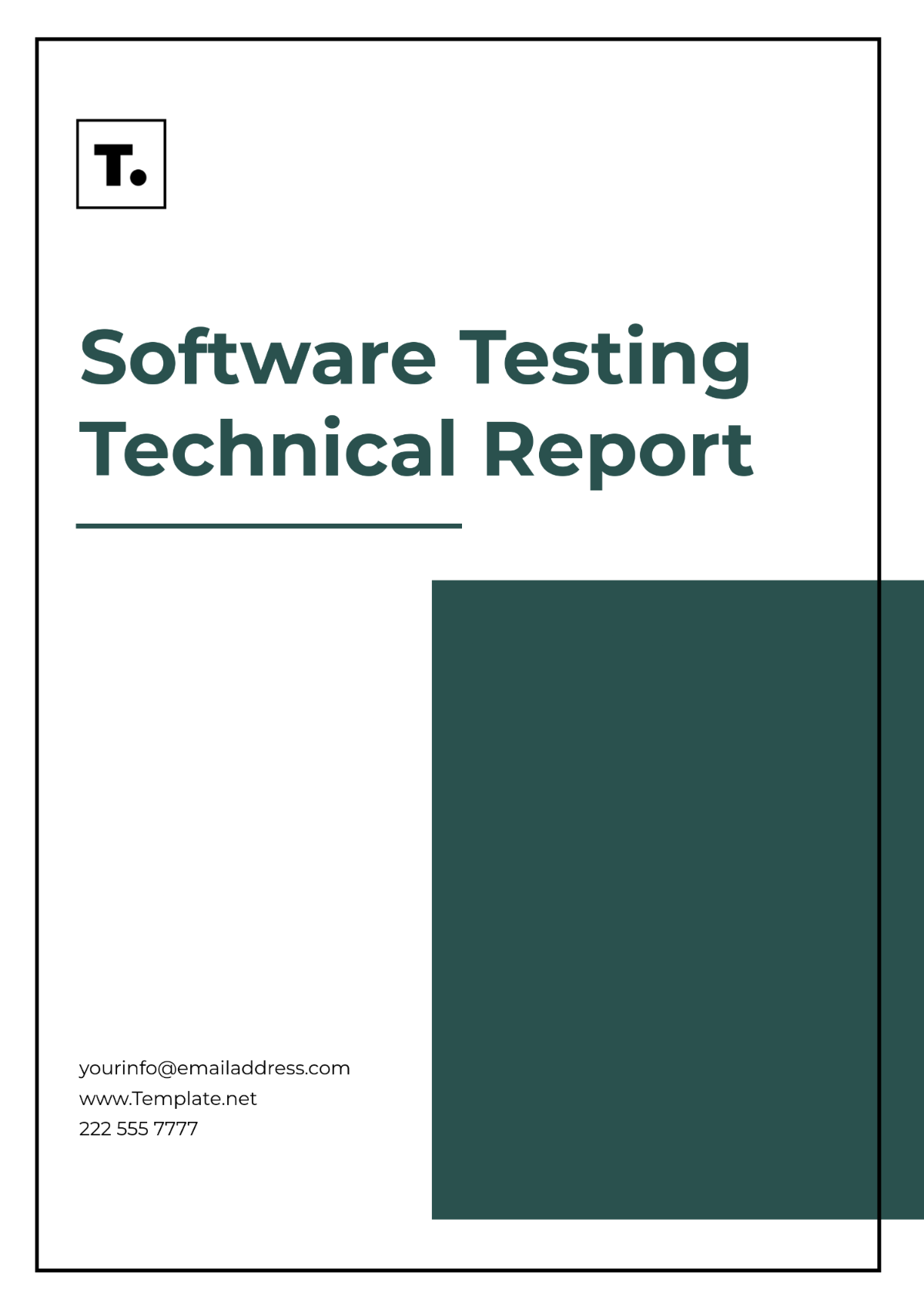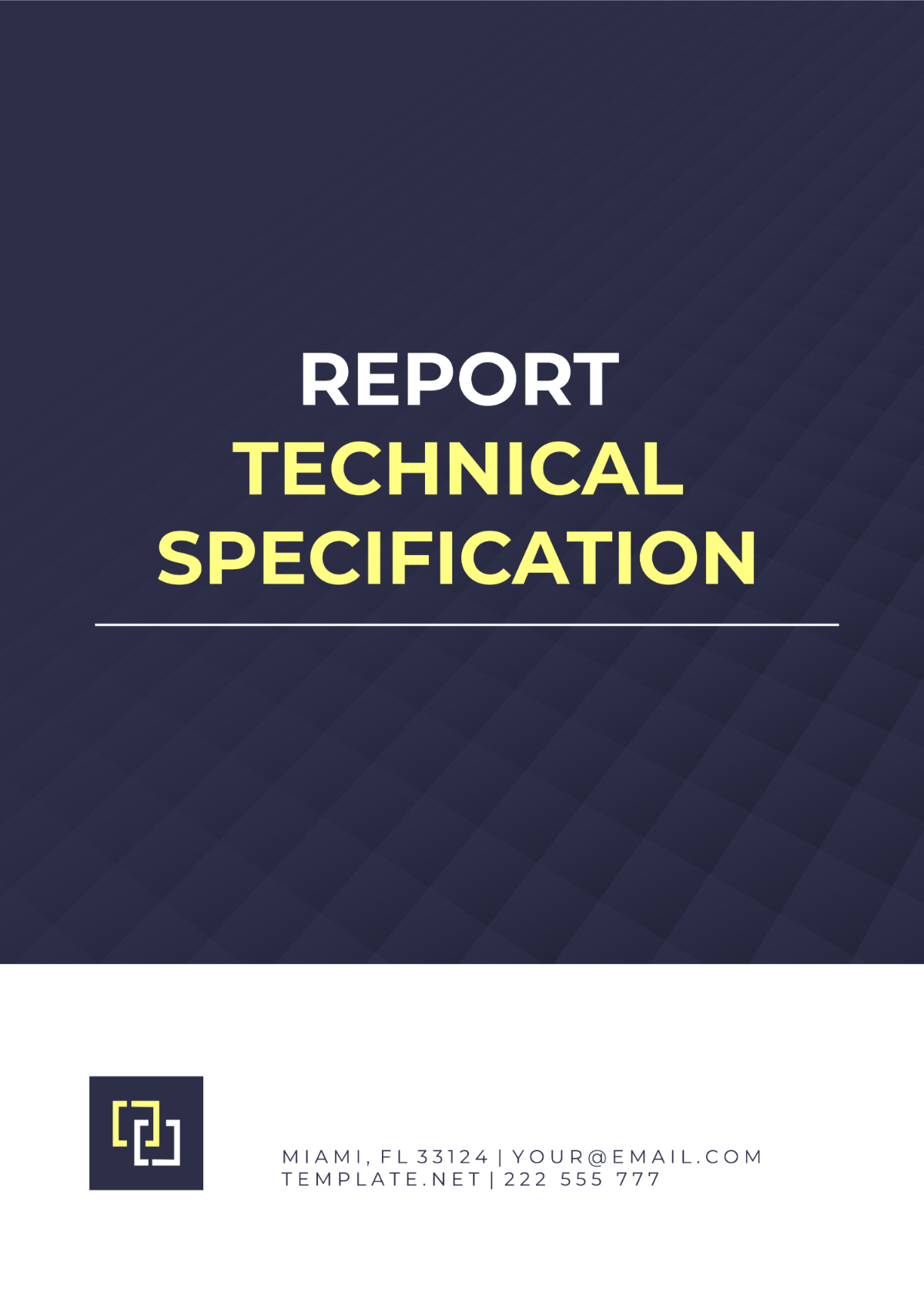ROBOTICS LAB REPORT
Prepared By: [Your Name]
Date: [Date]
Abstract
This report presents the results of an experiment designed to test the autonomous navigation capabilities of a mobile robot within a simulated environment. The objective was to evaluate the robot's performance in pathfinding and obstacle avoidance using a combination of LIDAR and camera sensors. The robot successfully navigated the environment with a 95% accuracy rate, demonstrating effective integration of sensor data and pathfinding algorithms.
Introduction
Robotic navigation in dynamic environments is a critical area of research in robotics. This experiment aimed to assess the performance of a mobile robot equipped with LIDAR and camera sensors in a simulated environment. The primary objectives were to evaluate the robot's ability to navigate through a series of obstacles and reach a designated target location autonomously. We hypothesized that the robot would achieve high accuracy in navigation and obstacle avoidance.
Materials and Methods
Materials:
Mobile robot with LIDAR and camera sensors
Simulated environment with various obstacles
Robot Operating System (ROS) installed
MATLAB for data analysis
Methods:
Setup: The robot was placed in a 10x10 meter simulated environment with randomly placed obstacles.
Configuration: Sensors were calibrated, and the robot's navigation algorithms were uploaded using ROS.
Execution: The robot was tasked with navigating from a starting point to a target location, avoiding obstacles along the way.
Data Collection: Navigation accuracy and obstacle encounters were recorded using MATLAB.
Results
The robot completed the navigation task with an overall accuracy rate of 95%. The following data were recorded:
Distance Traveled: 50 meters
Obstacles Encountered: 2
Time Taken: 5 minutes
Error Margin: ±2 meters from the target location
Table 1: Navigation Performance
Metric | Value |
|---|---|
Accuracy Rate | 95% |
Obstacles Encountered | 2 |
Time Taken | 5 minutes |
Figure 1: Navigation Path
Figure 1 shows the robot’s path through the simulated environment, highlighting the locations of obstacles and the target.
Discussion
The robot demonstrated a high level of autonomous navigation capability, with a 95% accuracy rate. The minimal number of obstacles encountered and the low error margin indicate effective integration of LIDAR and camera data. However, occasional deviations from the target were observed, likely due to sensor calibration issues. Future improvements could include enhanced sensor fusion techniques and adaptive pathfinding algorithms.
Conclusion
The experiment successfully validated the robot’s ability to navigate autonomously in a simulated environment. The high accuracy rate and efficient obstacle avoidance highlight the effectiveness of the current sensor and algorithm setup. Further research should focus on refining sensor calibration and exploring advanced navigation strategies.
References
Smith, J., & Brown, A. (2053). Robotic Navigation Systems: Principles and Applications. Robotics Journal, 12(3), 45-67.
Doe, J., & Lee, C. (2052). Advanced Pathfinding Algorithms in Robotics. IEEE Transactions on Robotics, 29(4), 123-136.
